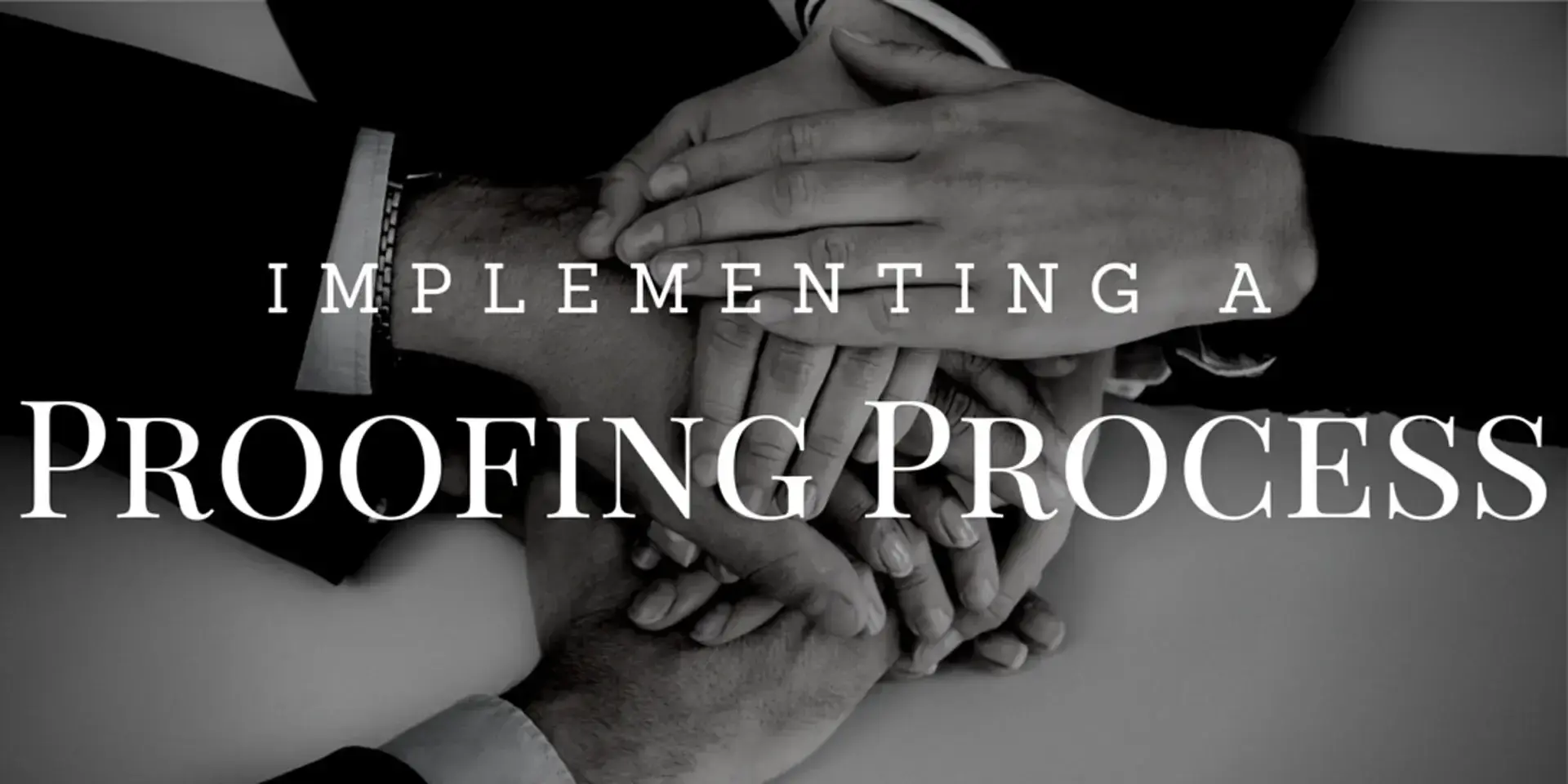 When you think of proofing content, you may picture a scene out of the film “All The President's Men,” which looked at how two intrepid Washington Post reporters brought down a sitting US President. We're thinking of chaotic, smoke-filled newsrooms, papers flying everywhere, and editors screaming, “Have it on my desk by 8 pm!”
When you think of proofing content, you may picture a scene out of the film “All The President's Men,” which looked at how two intrepid Washington Post reporters brought down a sitting US President. We're thinking of chaotic, smoke-filled newsrooms, papers flying everywhere, and editors screaming, “Have it on my desk by 8 pm!”
Then again, maybe not.
The modern world of proofing—especially for digital marketing departments—is a far cry from this cinematic world. Most content proofing can be done online. Software can fix typos or graphical errors in seconds. And standardized and streamlined workflows can help editors proof content with maximal efficiency, accuracy, and speed.
The challenge facing marketing departments, therefore, is less about the technology and more about the process that underlies and supports the technology. With that in mind, we'd like to explore the two primary components of an effective process for proofing content.
The first is the establishment of roles and responsibilities. It sounds obvious, but it's nonetheless worth mentioning. Have an experienced proofreader—in-house or outsourced—check all content before it goes out. Proofreaders will check the content for grammatical and formatting errors, misspellings and proper punctuation. Also create formal ownership of the proofing process and guidelines for turnaround times, edits, and approvals.
With roles, responsibilities, and guidelines in place, marketing managers should next consider the benefits of an automated workflow solution. To help frame the importance of an automated workflow, we'd like to briefly illustrate what can go wrong in the absence of such a workflow. In a manually-based environment, team members spend time printing, posting, and routing proofs. They solicit feedback, but it's often in-person and not tracked in digital form. And when edits are proposed over email or in PDF attachments, they often get lost in the shuffle, creating the dreaded problem of “version control.” A standardized workflow, on the other hand, keeps all of these activities under one roof, saving you time and money.
Furthermore, marketing departments in certain industries like automotive are subject to truth-in-advertising and other regulations that mandate accurate branding, pricing and copy. An automated solution that organizes time-stamped copy creates a manageable audit trail.
Ultimately, the proofing process is no different than a payroll, IT help desk, or accounts payable process. It's predicated on establishing roles, responsibilities, and guidelines, which in turn provide the foundation for a workflow. Of course, a technological solution alone won't guarantee success, so like any other process, marketing departments need to provide their staff with necessary training while tracking metrics like time-to-market and error rates.
What do you think? What are the key components of a successful content proofing process? Has your department adopted an automated online solution? Has it met expectations?





